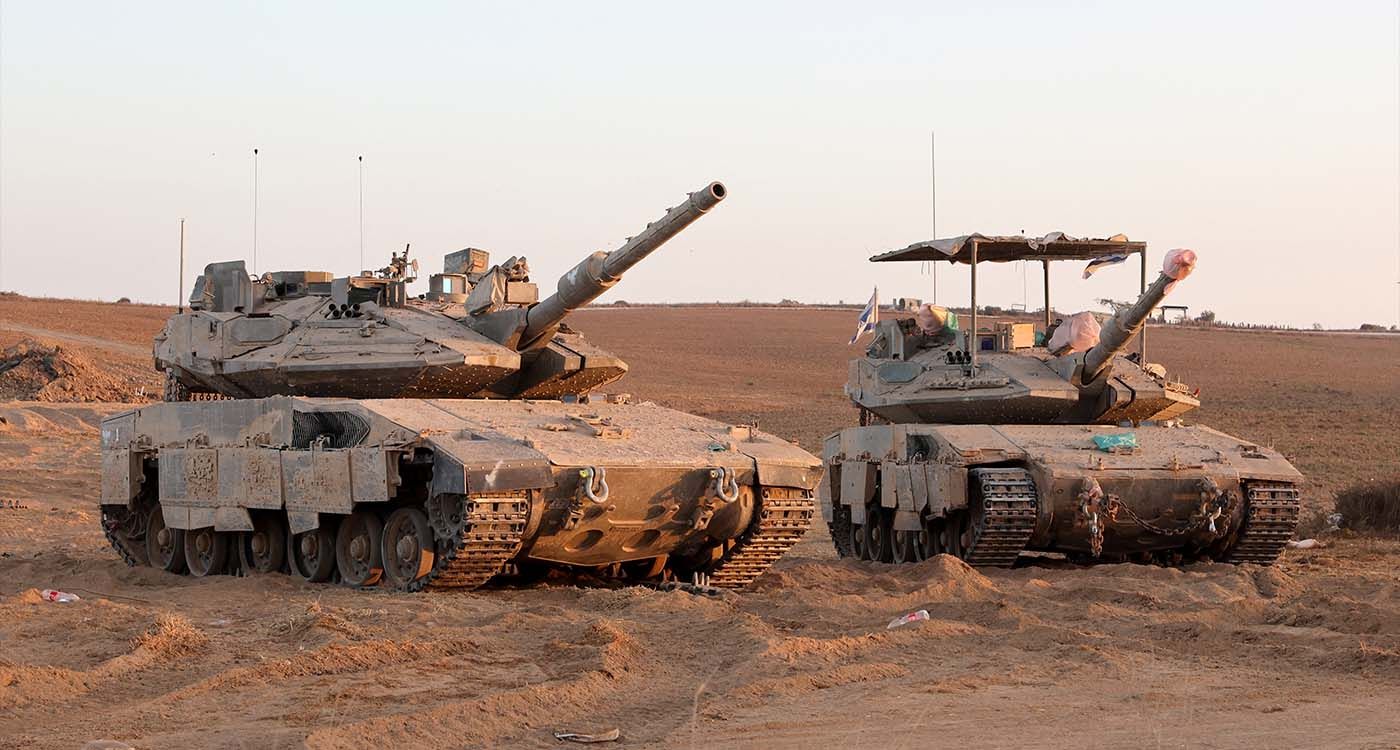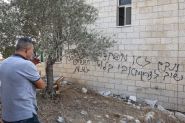- Home
- Arab World
- What is the “Yellow Line” in Gaza?

©Photo by JACK GUEZ / AFP
Stretching east to west across the Gaza Strip, the “yellow line” is a new sort of boundary where the Israeli army has pulled back as part of the ceasefire. Marked with concrete blocks topped by yellow signs, it effectively splits the Palestinian territory in two.
On October 20, the Israeli army unveiled the first of these yellow concrete blocks in a post on X. Spaced 200 meters apart, they were set up to “provide tactical clarity on the ground.”
This line represents the first phase of the agreement, which includes a lasting ceasefire, a prisoner exchange, and the redeployment of Israeli troops east of a zone covering just over half of the Gaza Strip. Defense Minister Israel Katz explained that the boundary is meant to “warn Hamas militants and residents that any attempt to cross it will be met with force.”
Criticism over a “blurred boundary”
Some Israeli NGOs, including Gisha, have criticized the line as a “blurred boundary” that could complicate life for civilians. The Israeli army, meanwhile, maintains that the setup is strictly defensive and necessary for security, citing several Hamas attacks reported near the new demarcation. While incidents have occurred, the army asserts that its fire targeted suspicious vehicles approaching military zones.
Primarily a security measure
The markers, particularly visible near Beit Lahia and Khan Younès, are intended to prevent friction and stop any infiltration. Experts describe them as a temporary buffer zone designed to stabilize the ceasefire.
For Israel, the “yellow line” is not a new de facto border but a tactical tool to protect soldiers and civilians while honoring the peace agreement. In short, it symbolizes a fragile compromise: a partial Israeli withdrawal paired with heightened vigilance, aimed at maintaining the truce and preventing a return to escalation.
Read more




Comments